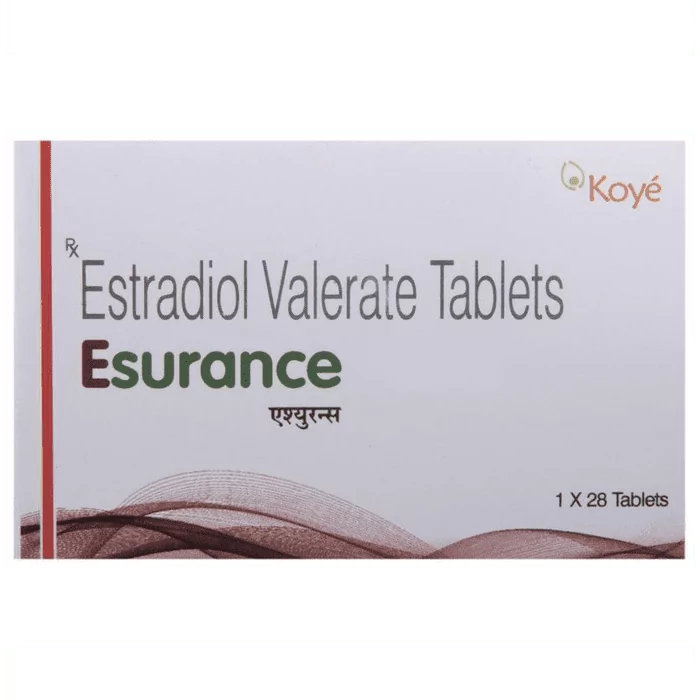Every woman undergoes Menopause as a natural process around the early 40s to late 50s.
During this period when a woman faces the absence of menstrual periods for twelve months, they experience different symptoms.
These symptoms may sometimes remain even after the end of Menopause.
While most women expect a complete stoppage of menstruation, some women may experience spotting after Menopause.
The spotting is sometimes also identified as irregular bleeding and may indicate a serious condition.
This article will discuss the definition, causes, and management of vaginal spotting after Menopause.
What is Spotting After Menopause
Spotting after Menopause refers to any kind of vaginal bleeding that happens after a woman has gone through Menopause.
This happens after the absence of periods for twelve consecutive months.
This bleeding may vary in intensity, ranging from light spotting to more heavy bleeding.
Although the bleeding during menstruation is regular and predictable, it is unpredictable in the case of bleeding after Menopause.
It may often indicate a serious underlying condition that requires immediate attention.
Save up to 90% on your medicine bills

Progynova 2 mg

Oestrogel 2.5 gm / 1.5 mg

Estrabet 2 Tablet

Esurance Tablet
Light Spotting After Menopause Causes
 Source: Pixelshot
Source: PixelshotAccording to a study, one of the most common causes of spotting or bleeding after Menopause is Genitourinary Atrophy.
It can also happen due to non-gynecological Atrophy, like in the urethra and bladder, which people often mistake for vaginal bleeding.
Postmenopausal light spotting may happen due to an imbalance in Estrogen and Progesterone in some cases.
Another research states that Endometrial Polyps can also result in abnormal bleeding in Premenopausal and Menopausal women.
Some individuals may also find Fibroids (growth of the uterus) as another cause of bleeding after Menopause.
Low Estrogen in postmenopausal women often causes vaginal dryness, which can cause friction during sex leading to light spotting.
The symptom of vaginal dryness is common in all three stages of Menopause. To learn more about these stages, read Learn Everything About the 3 Stages of Menopause.
Endometrial Polyps refer to the growth in the lining of the uterus. This growth is usually non-cancerous but may cause abnormal bleeding.
Managing Postmenopause Spotting
Managing postmenopause spotting usually depends on its underlying cause.
If an individual is experiencing spotting after Menopause due to hormonal fluctuations, Hormonal Replacement Therapy (HRT) can be effective.
In some cases, natural remedies for Menopause, like exercising and maintaining a diet, are also beneficial.
However, in cases of Endometrial Polyps and Atrophy, doctors usually suggest surgery.
Surgery can help in the unproblematic removal of these non-cancerous growths, treating the condition.
Some individuals may also find remaining hydrated an effective approach.
Do you wish to learn more about diet during Menopause? Read A Comprehensive Guide to the Menopause Diet.
Conclusion
Spotting after Menopause is usually abnormal and can cause concern for several women.
It often happens due to hormonal fluctuations after Menopause and fibroids.
In serious cases, Endometrial Polyps and Cancerous growth may also lead to abnormal vaginal bleeding postmenopause.
Doctors often suggest exercises, maintaining a diet, or Hormonal Replacement Therapy (HRT) to treat postmenopause spotting.
Women may also benefit from surgery in cases of fibroids or other growths.
So, it is always best to consult a doctor to receive the best alternative treatment for spotting after Menopause.

Frequently Asked Questions
Is spotting normal during Menopause?
No, although light spotting during Menopause is normal, persistent or heavy spotting is not normal.u003cbru003eIt can indicate serious conditions like tumors or even Cancer in some cases. It is always best to consult a doctor if a person is experiencing heavy spotting post-menopause.
What is the diagnostic approach to brown blood spotting after Menopause?
The diagnostic approach to brown blood spotting after Menopause involves a thorough medical history review, pelvic examination, and transvaginal ultrasound. u003cbru003eDoctors may also suggest an Endometrial biopsy to test one’s uterine lining for tumors. The additional tests may include hormonal assays and imaging studies.
Can spotting after Menopause affect my emotional well-being?
Yes, spotting after Menopause can impact the emotional well-being of women. This is often due to hormonal imbalance and fear of Cancer. u003cbru003eAnxiety, stress, and uncertainty about the cause may often lead to emotional distress. It is best to consult a therapist in such cases.
Is spotting or bleeding after Menopause always cancer?
No, spotting or u003ca href=u0022https://www.cheapmedicineshop.com/blog/womens-health-pregnancy/is-bleeding-after-menopause-always-cancer/u0022u003ebleeding after Menopause is not always canceru003c/au003e. In most cases, postmenopausal bleeding usually occurs due to Polyps, Uterine Atrophy, or hormonal fluctuations.u003cbru003eYet, some women may experience bleeding due to ovarian and womb cancer.
How can I differentiate between normal spotting and something more serious after Menopause?
Differentiating between normal spotting and something more serious after Menopause involves considering factors such as frequency, duration, and accompanying symptoms. u003cbru003eWhile normal spotting is usually light, irregular, and goes away quickly, persistent, heavy bleeding or spotting accompanied by pain can indicate conditions like Endometrial cancer.
Cheap Medicine Shop only refers to credible, authoritative sources for our content. If you’re curious about how we ensure the integrity of our content, we encourage you to read our Content Information Policy.














